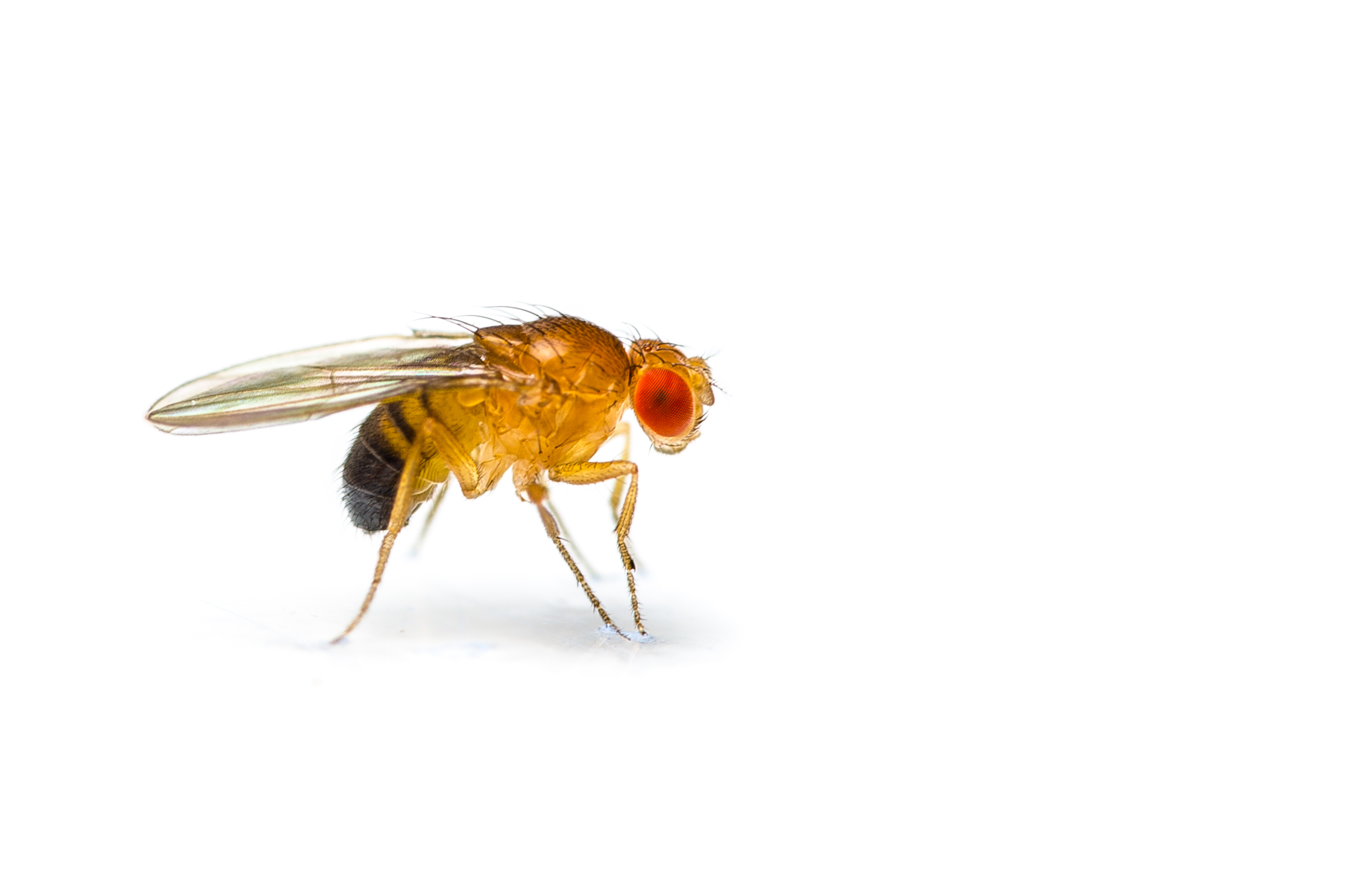Friedreich’s Ataxia Study IDs 6 New Compounds with Therapeutic Potential

A team of researchers have identified six new, highly specific compounds that hold promise of bringing “new perspectives” to the treatment of Friedreich’s ataxia (FA). The research, entitled “A Yeast/Drosophila Screen to Identify New Compounds Overcoming Frataxin Deficiency,” was published in Oxidative Medicine and Cellular Longevity.
FA is a neuromuscular disease characterized by progressive neurodegeneration of nerves and muscles in the nervous system and heart, and is caused by mutations in the FXN gene that lead to decreased transcription of the gene locus and, consequently, low levels of fraxatin, a protein important for anti-oxidative defense by cells. Fraxatin is highly conserved among different species such as yeast, invertebrates and mammals, making it ideal for research in simpler models of disease.
Current therapies targeting this disease focus on symptom management, such as reducing oxidative damage, iron-mediated toxicity or increasing fraxatin levels. But because disease pathogenicity is not yet fully understood, treatments are not always efficient and there is a need to identify more successful therapies. In a search for new active compounds, the scientists double-screened thousands of chemical compounds from different libraries in two FA models of disease — a yeast strain with a deletion of the frataxin gene and Drosophila melanogaster flies expressing reduced levels of frataxin.
Specifically, they used a yeast (Saccharomyces cerevisiae) model with the fraxatin gene (YFH1) deleted as a primary screen of two sets of chemical compounds: 5,500 compounds in the French National Chemical Library and 880 compounds in the Prestwick collection. Researchers identified 12 compounds specific to the yeast model lacking the fraxatin gene, and those that presented no toxicity were run through a secondary screen, using a genetically engineered model of fruit flies (Drosophila melanogaster) expressing reduced levels of fraxatin, to evaluate the compounds’ active efficacy in vivo.
The results demonstrated there was a significant improvement of pupariation (onset of larvae-pupal transition) in fly larvae with six of these compounds. The two most promising compounds, active at the lowest concentrations, were further tested to check their effect in improving a heart dilatation phenotype, with data revealing one compound efficiently rescued two hallmarks of FA in the Drosophila model.
Based on these data, researchers conclude that such phenotypic assays can contribute to the understanding of the molecular pathways involved in the onset of FA, while identifying promising compounds for the development of novel FA therapies.






